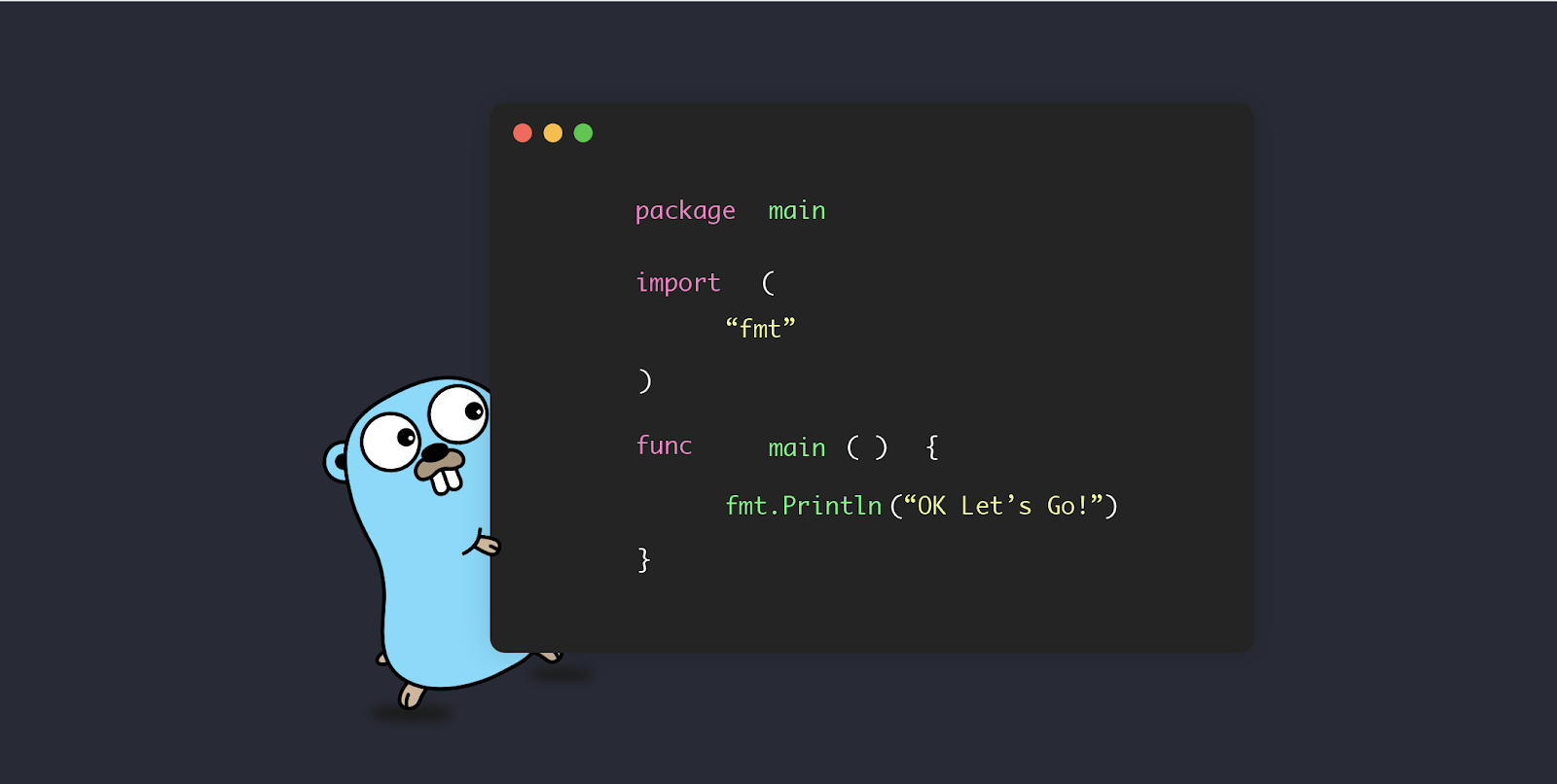Interfaces are a fundamental and powerful feature in the Go programming language, often referred to as Golang. They provide a flexible and concise way to define and enforce contracts between different parts of your code, leading to clean, modular, and extensible designs. In this blog, we'll explore the world of interfaces in Go, covering their definition, use cases, syntax, advantages, and best practices. Whether you're new to Go or looking to deepen your understanding of interfaces, this guide will help you become an interface maestro.
What Are Interfaces?
An interface in Go is a collection of method signatures that a type can implement. Unlike traditional object-oriented interfaces, Go interfaces are implicitly satisfied, meaning types automatically implement an interface if they fulfill its method signatures, without explicitly declaring intent.
Here's the basic syntax for defining an interface in Go:
type MyInterface interface {
Method1(parameters) returnType
Method2(parameters) returnType
// ... more methods
}-
MyInterface: The name of the interface type. -
Method1,Method2, etc.: The method signatures that any type implementingMyInterfacemust provide.
Interfaces enable you to define a set of behaviors that different types can adhere to, promoting polymorphism and code flexibility.
Implementing Interfaces
To implement an interface in Go, a type simply needs to provide methods that match the method signatures declared in the interface. There's no explicit keyword like implements or extends; Go uses duck typing.
Here's an example of implementing an interface:
package main
import "fmt"
// Define an interface
type Shape interface {
Area() float64
}
// Implement the interface for Circle
type Circle struct {
Radius float64
}
// Implement the Area method for Circle
func (c Circle) Area() float64 {
return 3.14 * c.Radius * c.Radius
}
// Implement the interface for Rectangle
type Rectangle struct {
Width float64
Height float64
}
// Implement the Area method for Rectangle
func (r Rectangle) Area() float64 {
return r.Width * r.Height
}
func main() {
c := Circle{Radius: 5}
r := Rectangle{Width: 3, Height: 4}
// Calculate and print the area using the interface
shapes := []Shape{c, r}
for _, shape := range shapes {
fmt.Printf("Area: %.2f\n", shape.Area())
}
}In this example, both Circle and Rectangle types implement the Shape interface by providing the Area method. We then use a slice of Shape to calculate and print the areas of different shapes without knowing their concrete types.
Use Cases for Interfaces
Interfaces in Go are versatile and find use in various scenarios, including:
-
Polymorphism: Interfaces enable polymorphic behavior by allowing different types to implement the same method signature, leading to code that can work with various implementations.
-
Abstraction: Interfaces promote code abstraction by defining a common set of behaviors that different types can adhere to, hiding implementation details.
-
Decoupling: Interfaces reduce coupling between components, making it easier to swap out implementations or add new ones without changing existing code.
-
Testing: Interfaces are useful for creating mock implementations during unit testing, allowing you to isolate and test specific components.
-
Standard Library: The Go standard library relies heavily on interfaces to provide generic solutions that work with various types.
Advantages of Interfaces
Interfaces offer several advantages in Go:
-
Flexibility: Interfaces make code more flexible by allowing you to write functions and methods that work with different types as long as they implement the required methods.
-
Modularity: Interfaces promote code modularity by defining clear contracts between components, making it easier to understand and maintain code.
-
Testing: Interfaces simplify unit testing by enabling the creation of mock implementations for testing purposes.
-
Code Reuse: Interfaces encourage code reuse by enabling different types to implement the same set of behaviors.
-
Standard Library: The Go standard library heavily utilizes interfaces, making it easy to work with a wide range of types and data structures.
Best Practices for Using Interfaces
To make the most of interfaces in Go, consider the following best practices:
-
Define Interfaces Sparingly: Avoid creating interfaces with just one method unless it's a widely adopted pattern (e.g.,
io.Readerorio.Writer). Instead, favor smaller, more focused interfaces. -
Use Interfaces in Function Signatures: When defining functions or methods, use interfaces as arguments or return types when possible, rather than concrete types.
-
Use Interface Types: Declare variables and function parameters using interface types when you don't need to know the concrete type. This promotes code flexibility.
-
Document Interfaces: Provide clear and concise documentation for interfaces, including the expected behavior of methods.
-
Implement Only What You Need: When implementing an interface, only provide the methods you need; don't clutter your code with unnecessary methods.
Conclusion
Interfaces are a powerful and fundamental feature in Go that enable you to write flexible, modular, and extensible code. By understanding how to define, implement, and utilize interfaces effectively, you can create code that is easier to test, maintain, and extend. Whether you're building web applications, system-level utilities, or complex data processing pipelines, interfaces are a critical tool in your Go developer toolkit.
